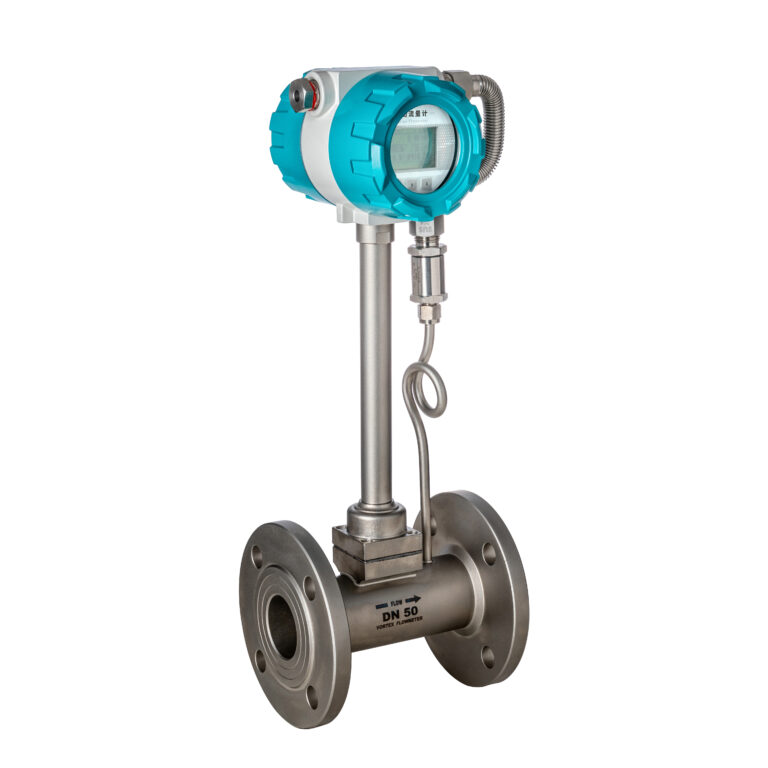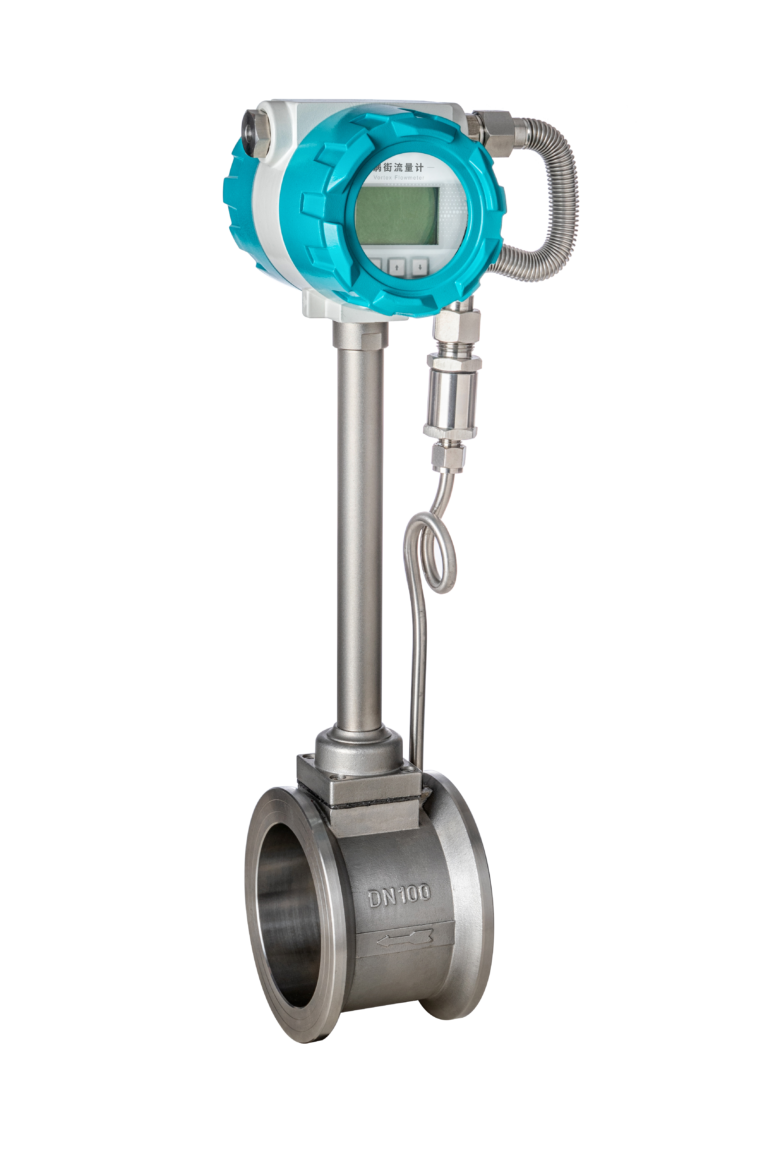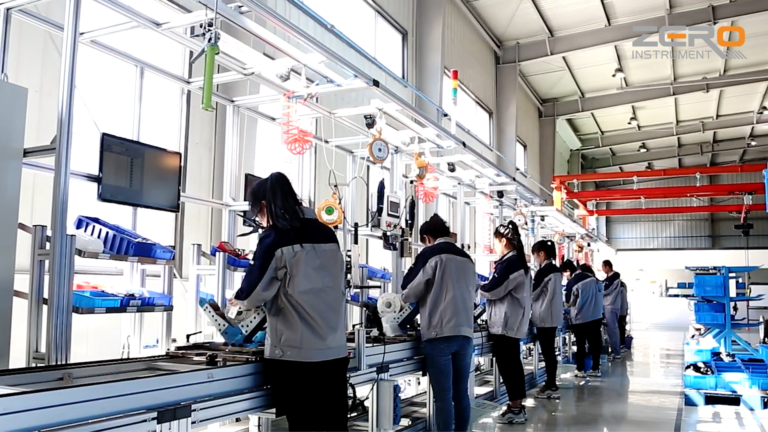In engineering flow measurement, accurate measurement is key to ensuring production safety and efficiency. However, achieving high-precision measurements under varying operating conditions remains a pressing challenge. This article briefly analyzes the requirements for temperature, pressure, or density compensation in flow meters, and outlines temperature and pressure compensation strategies based on the characteristics of liquids, gases, and steam to ensure measurement accuracy.
1. Flow Measurement in Engineering
It is well known that Coriolis flow meters, which are based on the Coriolis force principle, can directly measure mass flow with high accuracy. Other common flow meters such as standard or non-standard orifice flow meters, vortex flow meters, float flow meters, ultrasonic flow meters, and electromagnetic flow meters measure volume flow. However, actual operating conditions often differ from the design operating conditions, so when precise measurement is required, temperature and pressure compensation must be applied to correct the values.

2. Liquids
Liquids are minimally compressible compared to gases and steam. While temperature can have some effect on liquid density, the actual operating temperature often does not deviate significantly from the design conditions. Therefore, under normal circumstances, flow meters for liquids do not require temperature or pressure compensation.
3. Gases
For gases, temperature and pressure compensation are usually necessary. The aim is to convert the measurement results under operating conditions to standard conditions, ensuring that the measurements taken at different points are comparable and statistically useful. Typically, the real gas equation of state is used, which takes into account the gas compressibility factor based on the ideal gas law.

4. Steam
For saturated steam, there is a known relationship between temperature, pressure, and steam density: knowing one of these values allows for the calculation of the other two. Therefore, either temperature or pressure compensation can be selected. However, it is generally recommended to use pressure compensation, as temperature measurement components are often less accurate and sensitive compared to pressure transmitters, leading to greater uncertainty in compensation. This is theoretically the case, but the actual process requires appropriate instrument selection and correct installation.
For superheated steam, since there is no direct correlation between temperature and pressure, both temperature and pressure compensation are required.

5. Additional Considerations
Temperature and pressure compensation is typically implemented in DCS (Distributed Control Systems), although some instruments have on-site temperature and pressure compensation features. For higher accuracy compensation, flow computers (flow integrators) are usually selected, as they offer more powerful and diverse compensation functions. These include compensation for temperature, pressure, humidity, density, components, outflow coefficient, expansion coefficient, compressibility factor, and more. For example, the compensation might consider pipe diameter or sensor deformation under temperature and pressure conditions, such as the relationship between Reynolds number and outflow coefficient.
Note: Some temperature and pressure compensation is based on the inherent characteristics of the instrument. For instance, in situations where the operating conditions significantly differ from the design conditions (large temperature and pressure fluctuations), the cavity of the measurement components in mass flow meters or turbine flow meters may undergo deformation, requiring correction. This type of compensation should not be confused with compensation for changes in the process medium’s temperature and pressure.
Different DCS systems may have varying compensation modules, application ranges, and formulas (methods) for use, so care should be taken when configuring these systems.
The temperature and pressure measurement points should generally meet the requirements for straight pipe sections before and after the flow meter and should not affect the flow measurement. The installation of upstream and downstream components should also comply with these requirements, with the measurement points placed near the flow meter.
Pressure measurement values are usually gauge pressure, while pressure compensation requires absolute pressure. In general engineering practice, gauge pressure plus 0.1 MPa is used as the compensation input. For higher precision needs, absolute pressure gauges can be used for compensation input.
Temperature and pressure compensation are not universal solutions. They only make the measured values closer to the actual values within reasonable and acceptable conditions.

By applying these compensation strategies, accurate flow measurements can be achieved even under varying operating conditions, ensuring both safety and efficiency in engineering applications.
